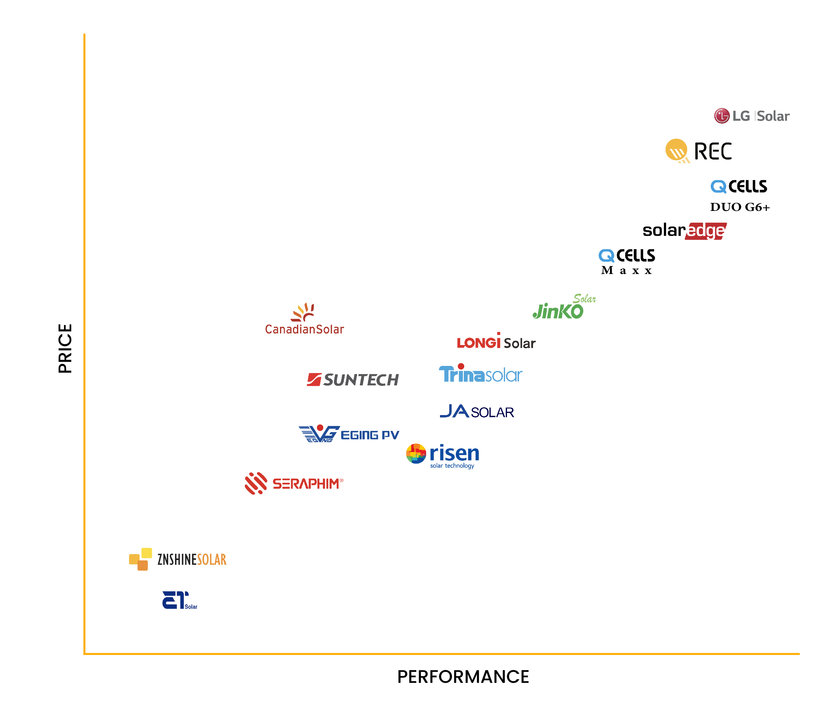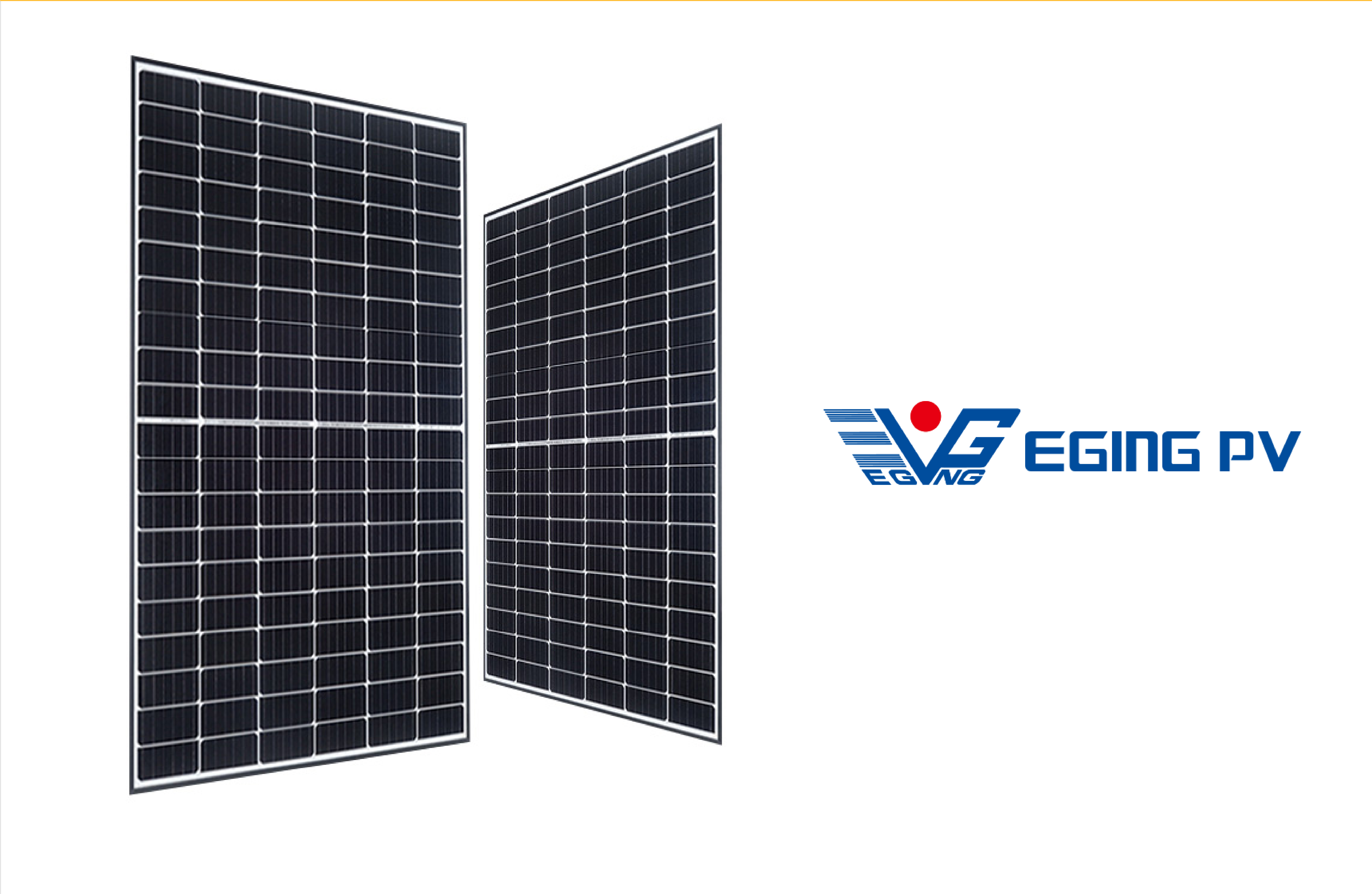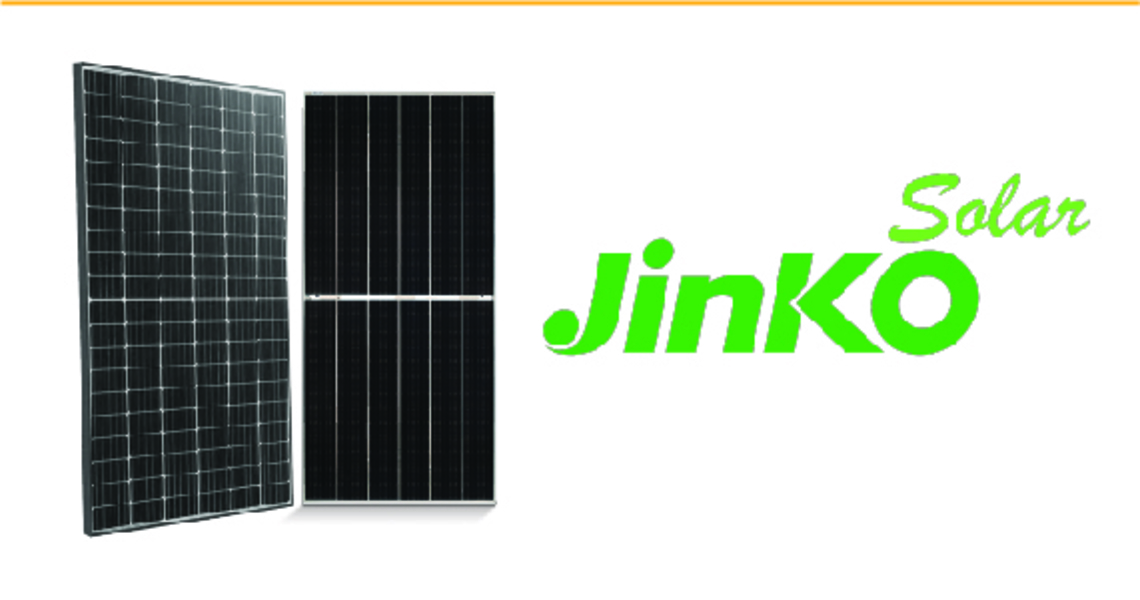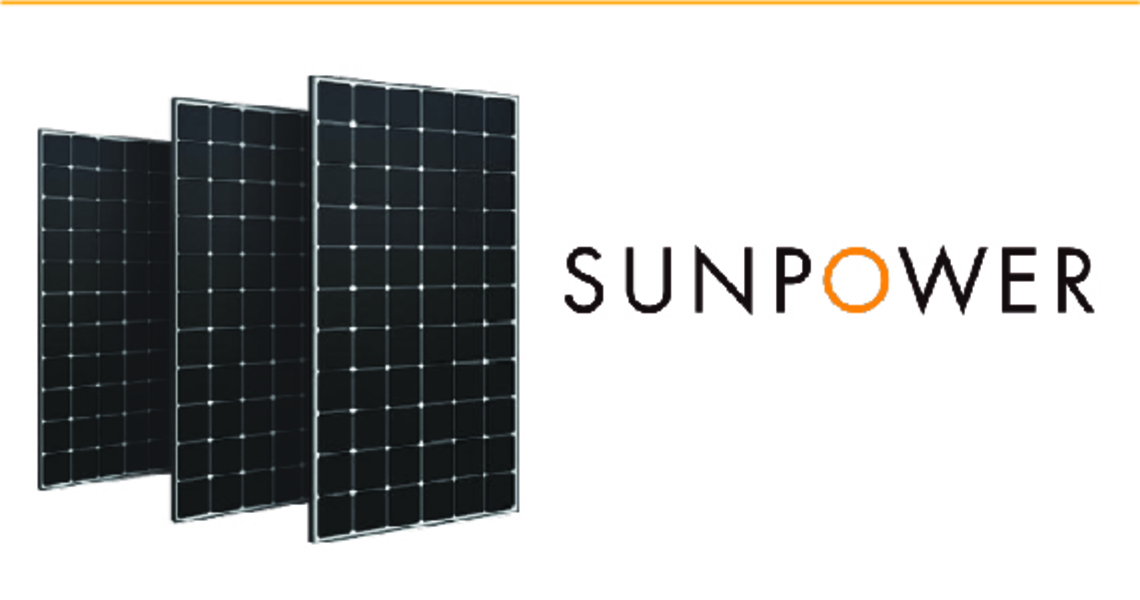
Comparing prices for solar panel costs can be a difficult task with the amount of online shops and price comparison websites advertising different panel prices for their solar power systems. That’s why we’ve created this simple guide that compares prices to give you a clear answer on the cost of each of the major solar panel brands.
This total cost can be reduced with the help of the Federal Government’s solar rebates, which can offer discounts on the solar installation costs based on the number of STCs (Small-scale Technology Certificates) that your system earns. For a more precise esalignnonetimate based on your location, you can find an STC calculator here. If you would like to learn more about the Government’s renewable energy subsidy scheme, have a look at our article on Solar Rebates.

With over 17 years worth of experience and an elite-level Research and Development team, EGing PV stands amongst the top-level performers in all of China in terms of solar panel manufacturing and production. Their vertically integrated business model allows them to have the best solar panels while maintaining a great price for consumers.
Their EG-415 is the flagship of their solar panels and is recognized as one of the most efficient panels in the world. The 415W uses a multi-busbar technology pattern, which decreases the resistance loss between your solar panels and your solar inverter unit.
Its solar panel modules can achieve 21.22% efficiency, while having textured solar cell surfaces which allows for great performance, even in low-light or shaded areas. This is due to their half-cell technology. The half-cells can gather more photons even if the panel is partially shaded, which means that you will not lose efficiency if there is something blocking a portion of, our panels. The half-cut cells work in unison with the multi-busbar, which brings about lower resistance levels with higher power output.
Their warranties include a 20-year product warranty on all their panels, with a 25-year linear power warranty as well. Take a deeper dive into the EGing panels with our EGing Solar Panel review.

Founded in 2006, Jinko Solar has become one of the largest (if not the largest) solar panel manufacturers in the world. Since 2016, they have held a tight grip on the number 1 spot for most solar panels and solar energy systems sold worldwide from China.
Being a huge multi-national company, Jinko Solar now has plants all over the world, with flagship factories in the US, China, and Australia. Their biggest successes have come from the Research and Development teams – who do strict quality control and durability testing. Many solar installers within the Australian market love Jinko Solar’s panels because of their ease of construction and installation.
Cheetah Series: The CHEETAH Solar Panels are Jinko’s most popular model, and the first to be named after a big cat. The CHEETAH Panels have varying sizes from 325, 340, and even 410 watts. They come in the standard 60 or 120 half-cut cell sizes.
The CHEETAH Series solar panels are recognized as the top-selling panel in Australia for the year 2020 and will continue to do so deep into 2021. Those who install Jinko Solar panels have said that they are the best balance between quality and value for the price you pay. Want to know more about Jinko panels? Review our Jinko solar panels

One of the most reputable solar panel manufacturers in the world – SunPower is known for its ability to innovate and create efficient and durable solar panels and solar energy systems. In the United States – they are the leading residential and commercial solar energy manufacturer and have been ranked #1 in commercial solar for the US since 2017.
One of their latest achievements is their MAXEON Solar Cell technology. It has a patented, flexible copper backing which allows for the cells to not only absorb more photons but to also last longer than conventional silicon-based solar cells. On top of that, all SunPower solar panels are backed by a 25-year warranty, with a performance warranty ranging from 88% to 92% efficiency.
Their A-Series solar panels are built with their latest and greatest solar cells, their MAXEON Gen 5s. They can deliver up to 22.3% efficiency and are known as the world’s first 400 watt solar panels.
Their X-Series solar panels are built with MAXEON Solar cells as well, while delivering a higher efficiency level, at 22.7%. The X-Series panels are built for spaces that are constrained by size and dimensions, which will work perfectly for a backyard project or commercial-grade projects. Take a deeper dive into our Sunpower product review to know more about Sunpower panels.

| Manufacturer | 6.6kW (basic inverter) | 9.9kW (basic inverter) | 6.6kW (premium inverter) | 9.9kW (premium inverter) |
|---|---|---|---|---|
 | $8500 – $9500 | $12500 – $13500 | $10000 – $9500 | $14000 – $15000 |
 | $6000 – $7000 | $8500 – $9500 | $7500 – $8500 | $10500 – $11500 |
 | $5000 – $6000 | $7000 – $8000 | $6500 – $7500 | $9000 – $10000 |
 | $5000 – $6000 | $7000 – $8000 | $6500 – $7500 | $9000 – $10000 |
 | $5000 – $6000 | $6500 – $7500 | $6000 – $7000 | $9000 – $10000 |
 | $5000 – $6000 | $6500 – $7500 | $6000 – $7000 | $9000 – $10000 |
 | $5000 – $6000 | $6500 – $7500 | $6000 – $7000 | $9000 – $10000 |
 | $5000 – $6000 | $6500 – $7500 | $6000 – $7000 | $9000 – $10000 |
 | $5000 – $6000 | $6500 – $7500 | $6000 – $7000 | $9000 – $10000 |
This solar panel cost comparison table provides a clear view of the range of prices between the major solar energy brands and the price jump between the different sized solar systems.
One notable price difference is between systems with a basic inverter and a premium inverter. Inverters convert the DC electricity created by your solar panels into usable AC electricity that can power your home and everything in it. The higher the quality of your inverter, the greater the efficiency of the conversion. This means that your inverter plays a large role in the amount of electricity you can get out of your panels. The premium inverters have a steeper upfront cost, however over the lifetime of your solar panels this can result in a greater return on investment.
| Feature | Extra Cost |
|---|---|
| Double Storey | $500 – $1500 |
| Split Array | $150 – $350 |
| Switchboard Upgrade | $800 – $1800 |
| Optimizers | $85 – $150 |
| Monitoring Units/Export Limiters | $350 – $1000 |
| Tilt Kits | $50 – $100 |
We are available! Have a question? Text us here.
 Text Us
Text Us
Merely a smiling visitor here to share the love (:, btw great design and style.
I love your writing style truly enjoying this internet site.
I was wondering if you ever considered changing the layout of your blog? Its very well written; I love what youve got to say. But maybe you could a little more in the way of content so people could connect with it better. Youve got an awful lot of text for only having 1 or 2 images. Maybe you could space it out better?
I was curious if you ever thought of changing the layout of your site? Its very well written; I love what youve got to say. But maybe you could a little more in the way of content so people could connect with it better. Youve got an awful lot of text for only having 1 or two images. Maybe you could space it out better?
Perfectly composed subject material, regards for entropy. “No human thing is of serious importance.” by Plato.
so much wonderful info on here, : D.
Hello there, simply become alert to your weblog via Google, and located that it’s truly informative. I am gonna be careful for brussels. I’ll appreciate for those who proceed this in future. A lot of other folks might be benefited from your writing. Cheers!
Thank you for the good writeup. It in fact was a amusement account it. Look advanced to more added agreeable from you! However, how can we communicate?
I found this guide to be incredibly helpful when I was researching solar panel prices for my home. There’s so much information out there, and it can get overwhelming. This article simplifies the process and gives you a clear idea of what to expect from different solar panel brands. Plus, the mention of the Federal Government’s solar rebates is a great reminder that there are ways to reduce the overall cost. Thanks for sharing this valuable information!
Personal security services in New York City offer individuals and businesses peace of mind in a bustling urban environment. These services provide highly trained and experienced security professionals who can assess and mitigate risks, ensuring the safety and protection of their clients in a dynamic and ever-changing cityscape.
As someone who’s been interested in renewable energy, I’ve been doing a lot of research on solar panels lately. This guide is a fantastic resource for anyone looking to understand the pricing of different solar panel brands. The information about the Federal Government’s solar rebates and the STC calculator is particularly useful. It’s great to see that there are financial incentives available to encourage more people to adopt solar power. This article makes the decision-making process much easier. Thanks for sharing!
Rocky Mountain Oils’ Oregano Essential Oil is a high-quality, pure essential oil sourced from the Mediterranean region. Known for its potent and therapeutic properties, this oregano oil is steam-distilled from the leaves of the oregano plant, ensuring its natural purity and effectiveness. It’s a versatile oil with a strong, herbaceous aroma, often used to support immune health and overall well-being.
you have a great blog here! would you like to make some invite posts on my blog?
I will immediately grab your rss feed as I can’t find your e-mail subscription hyperlink or newsletter service. Do you have any? Please permit me recognize in order that I could subscribe. Thanks.
Lovely blog! I am loving it!! Will be back later to read some more. I am taking your feeds also